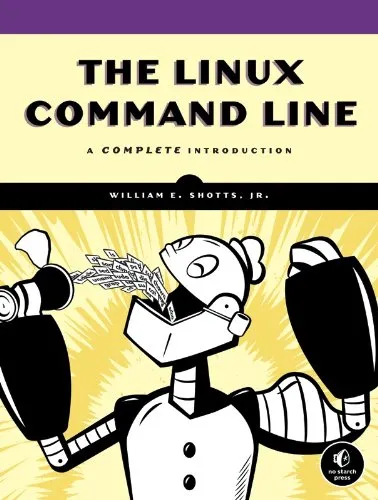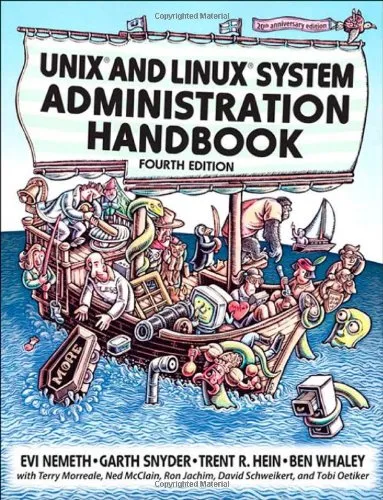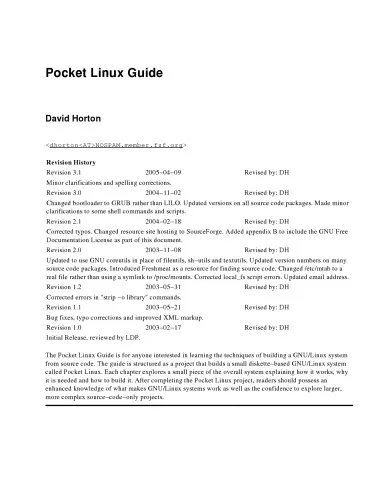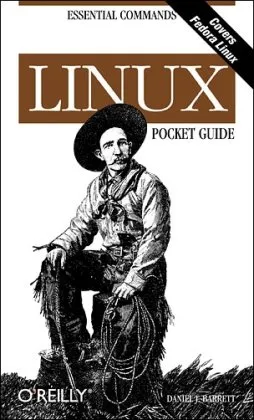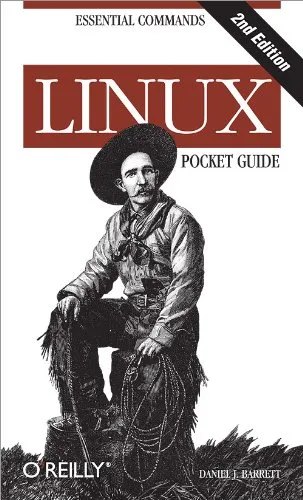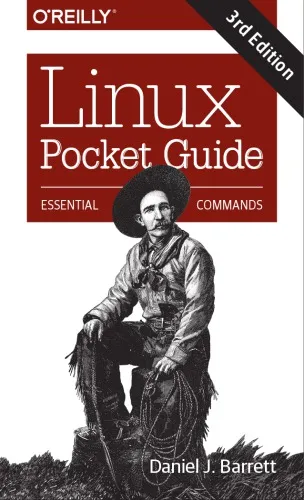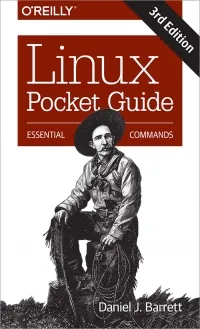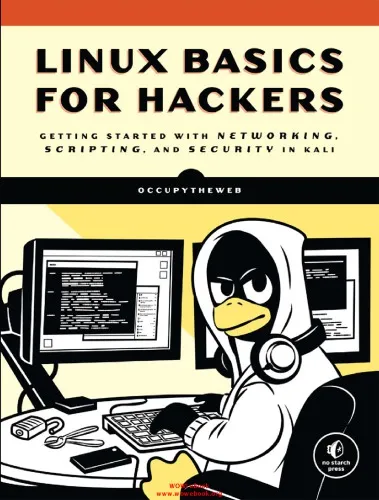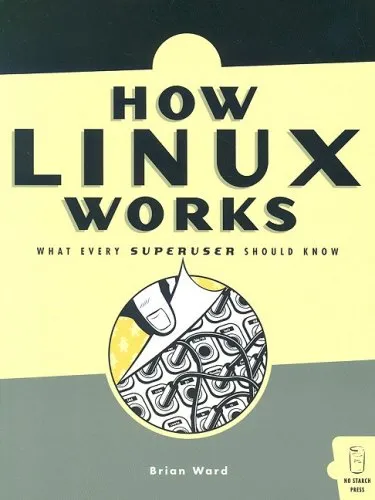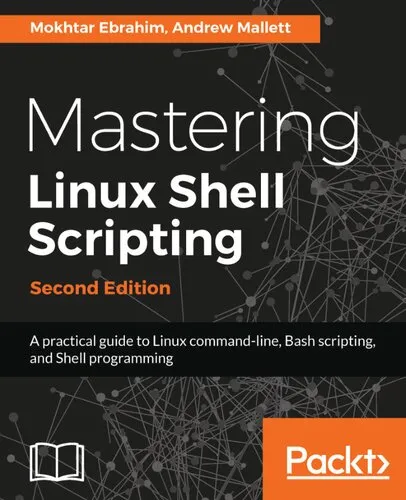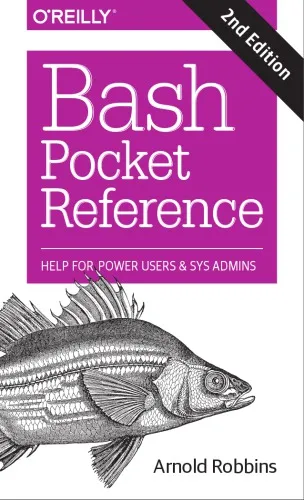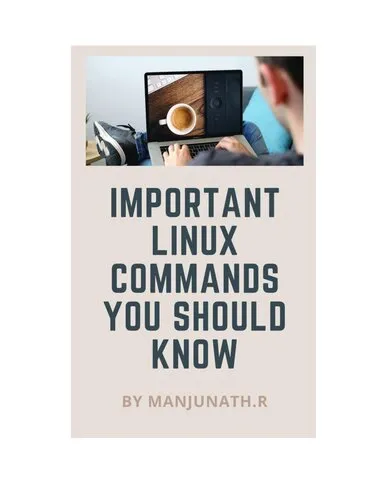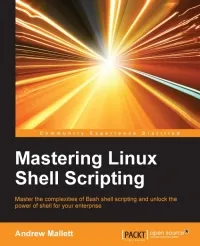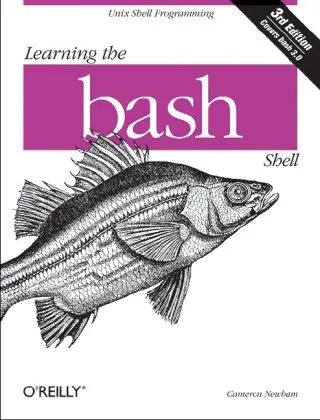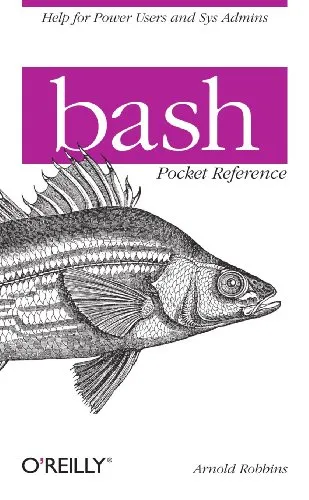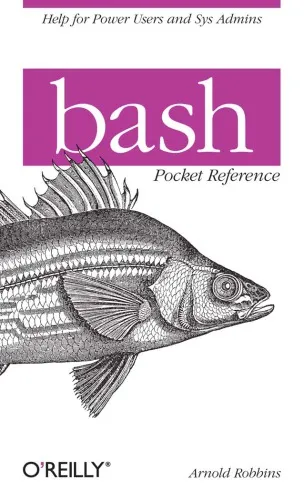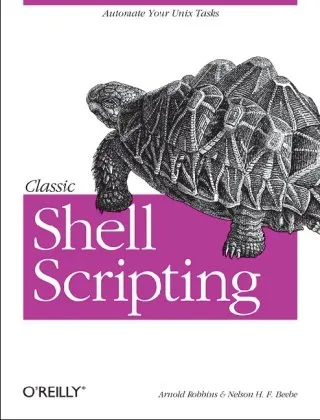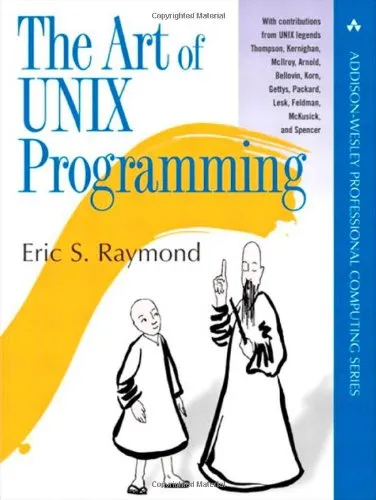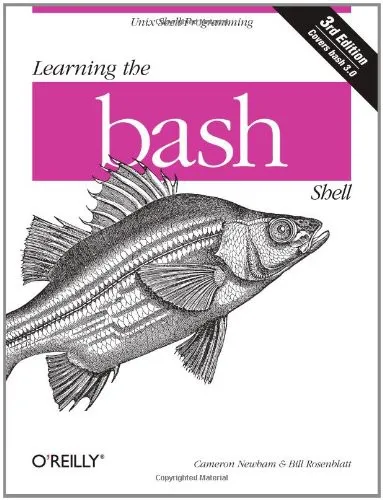The Linux Command Line
4.7
Reviews from our users

You Can Ask your questions from this book's AI after Login
Each download or ask from book AI costs 2 points. To earn more free points, please visit the Points Guide Page and complete some valuable actions.Related Refrences:
The Linux Command Line: A Thorough Introduction
Welcome to the world of Linux, where flexibility, control, and a depth of potential lie at your fingertips. My book, The Linux Command Line, serves as your comprehensive guide to understanding and mastering the command line interface of the Linux operating system. Whether you are a newcomer or an experienced user, this book is structured to enhance your command line skills, taking you from basics to more advanced concepts.
Detailed Summary of the Book
The Linux Command Line is designed to be both an introduction and a detailed guide to using the command line. Structured in four parts, the book covers everything from essential commands and operations to scripting and automating tasks. The first part introduces the terminal, exploring fundamental concepts such as the file system, navigation, and simple commands. It's here that readers gain a solid foundation, learning how to interact with their system efficiently. The second part dives deeper into components of the command line like redirection, piping, and general utilities, enabling users to transform simple commands into powerful scripts. This is where you’ll find your interactions becoming more efficient and precise. The third part poses more complex challenges as it covers shell scripting. Readers learn to write scripts that automate tasks and manage system operations. Understanding shell scripting empowers users to create custom solutions and enhances productivity. The final part of the book tackles more advanced topics, such as text processing utilities, working with binary data, and version control using Git—all essential skills for robust Linux system management.
Key Takeaways
- Master the basics of the Linux command line for effective system navigation and management.
- Become proficient in using standard command line utilities and understand their synergies.
- Learn to automate tasks through writing and executing shell scripts.
- Gain confidence in handling text files and data manipulation.
- Understand advanced command line techniques and their practical applications.
Famous Quotes from the Book
"The real power of the command line is that it lets you put together small utilities in any way you want."
"Linux is well known for its ability to string together small programs in a way that allows great flexibility and strength."
"Repeating yourself is the key to learning."
Why This Book Matters
In an era dominated by graphical user interfaces, understanding the command line might seem anachronistic. However, the command line remains a potent tool for anyone serious about system administration, programming, or who simply seeks greater control over their computer system. The Linux Command Line is more than just a manual; it is a key to unlock the true potential of Linux-based systems. As technology continues to evolve, proficiency in command line operations will ensure that users stay versatile and adaptable. This book is invaluable for anyone aiming to rise above the limitations of graphical interfaces, offering control, speed, and the ability to perform virtually any computing task with precision. For students, hobbyists, and professionals alike, understanding the command line can elevate your ability to solve real-world problems with efficiency and elegance.
Free Direct Download
You Can Download this book after Login
Accessing books through legal platforms and public libraries not only supports the rights of authors and publishers but also contributes to the sustainability of reading culture. Before downloading, please take a moment to consider these options.
Find this book on other platforms:
WorldCat helps you find books in libraries worldwide.
See ratings, reviews, and discussions on Goodreads.
Find and buy rare or used books on AbeBooks.
1494
بازدید4.7
امتیاز0
نظر98%
رضایتReviews:
4.7
Based on 0 users review
Questions & Answers
Ask questions about this book or help others by answering
No questions yet. Be the first to ask!
